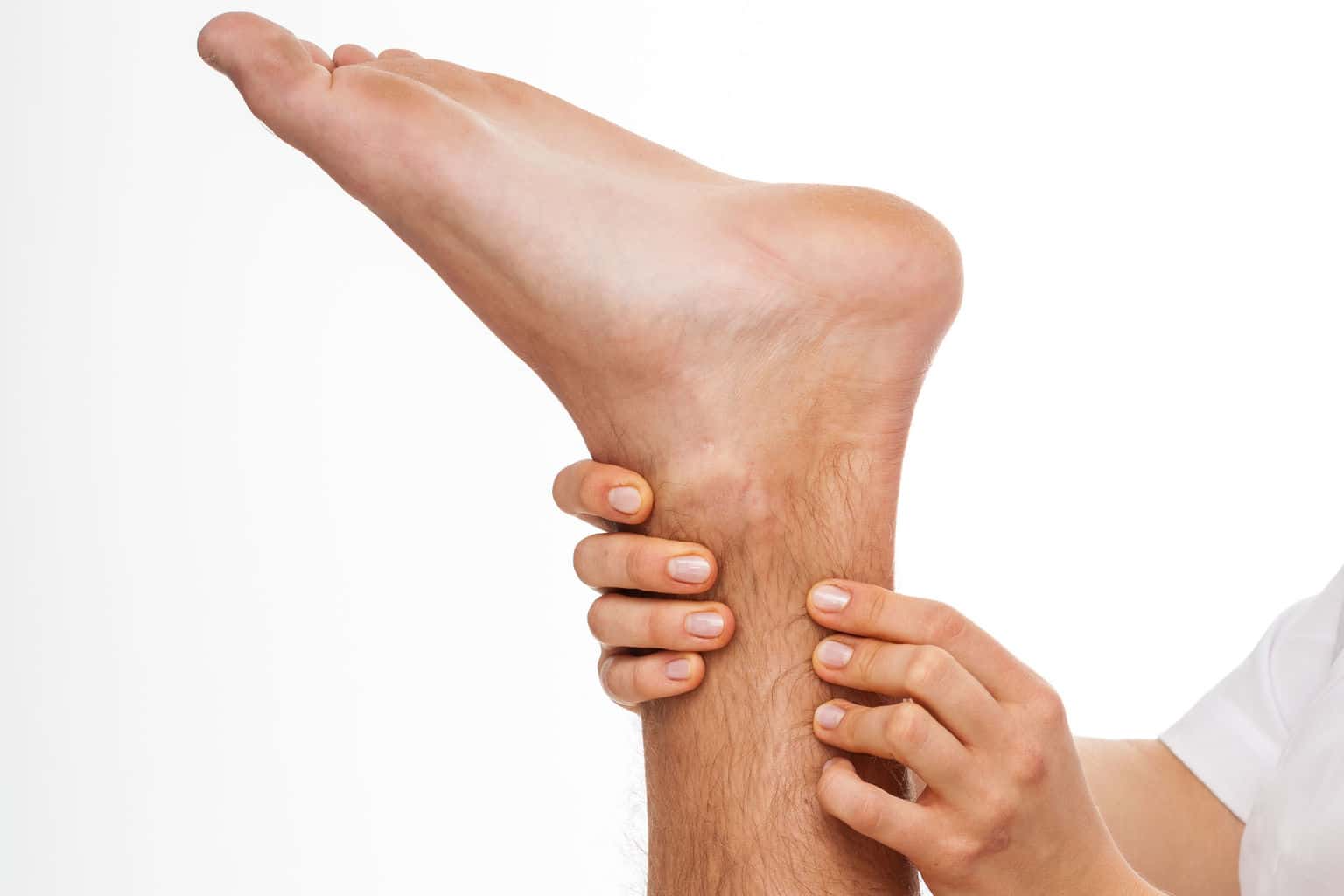
[cmamad id=”4573″ align=”center” tabid=”display-desktop” mobid=”display-desktop” stg=””]
What does the doctor mean when he tells you that you have tendonitis?
And did you know it’s that Achilles’ tendon rupture treatment without surgery is possible?
That’s what we’re looking at today.
Tendonitis is quite simply, an inflamed tendon.
With the work that our tendons do, it’s amazing that we do not develop this inflammation more frequently.
So a lot of time and energy is spent finding ways to repair tendons.
Our tendons are attached to our muscles and keep the muscles attached to our bones.
Every time you move, you’re moving several muscle/tendon/bone combinations together.
It’s very easy for tendons to become overworked with all of this work.
Tendons can be over-stretched in ways they were not designed to stretch.
And then the tendons become inflamed.
If the injury chronically challenges the tendon, that tendon stays inflamed.
It will become painful, sometimes excruciatingly painful.
This chronic inflammation becomes an injury that reoccurs any time the injured area is worked strenuously.
Any tendon can be damaged in this way.
[cmamad id=”4574″ align=”center” tabid=”display-desktop” mobid=”display-desktop” stg=””]
Tendonitis will cause pain from mild to severe depending on which tendon and how overworked it is.
Perhaps the most critical tendon in our bodies is the Achilles’ tendon.
It’s also one of the tendon’s that is frequently inflamed and damaged.
Achilles’ tendon surgery is a frequent medical procedure.
So I will illustrate this method to heal tendons with an exercise for the Achilles’ tendon.
This is a tendonitis treatment without surgery and without medical intervention.
This treatment is great news for a lot of people.
Achilles’ tendon injuries are incredibly common.
Many of the sports injuries people get are caused by the same problem that causes Achilles’ tendon injuries.
Being able to treat these sort of tendon issues without surgery can help shorten downtime and lower costs.
Most of all, by being able to treat these injuries without medical help means less time in pain for the injured person.
To show you how these injuries can be treated without surgery, we need to discuss how they happen first.
Achilles’ tendon injuries are what is called an eccentric muscle injury.
What this means is that it is an injury caused when a muscle stretches.
There are two types of muscle movement — eccentric and concentric.
Concentric strength is what happens when you contract a muscle.
Lifting an object by contracting your leg muscles to lift as you stand uses concentric movement.
Eccentric strength is the way a muscle resists being stretched.
When you lower the weight slowly, with emphasis on the slow movement, that is an eccentric exercise.
The muscle resists the movement in an eccentric exercise as part of a protection to avoid ripping a muscle.
But it stresses the tendons.
So it’s better to exercise primarily concentrically because eccentric exercises can lead to a tendon injury.
Concentric exercises are healthy for your muscle.
Eccentric exercises are not so healthy but are still necessary.
There is a protective effect of eccentric muscle strength.
We can see that protective effect in today’s study.

This is one of the most striking follow-ups to a study.
The original study put one-half of the athletes with Achilles’ injuries in a group that had surgery.
The other half of the injured athletes were instructed to perform a simple exercise.
What was so striking about the follow-up was that the exercise group did BETTER than those who had surgery.
The medical community believes that surgery is more effective than exercise in most of these cases.
But this study found that exercise was MORE effective than surgery!
And it’s a really easy exercise to do.
I’ve outlined the steps for this effective exercise in the following photograph:

It’s important to realize that you’re not building what you’d consider conventional strength this exercise.
What we think of as strength is the lifting movement, the concentric strength.
Concentric strength is built when you lift your calf while you are on your toes on the stair.
You can use the non-injured leg to balance yourself and assist with the movement.
However, this is not about that concentric movement.
When you slowly lower your heel to below the edge of the stair, you produce a bit of a stretch.
Since you do this slowly, this is an eccentric strength building exercise.
Now, to get your heel back to being level, you can assist with the non-injured leg again and lift your heel up.
Remember, you’re not trying to build concentric strength.
All of the emphasis is on lowering your heel slowly — that is the eccentric step.
This exercise is what makes Achilles’ tendon rupture treatment without surgery possible.
This eccentric movement step is the key to healing any type of tendon or muscle injury.
You can construct eccentric strength building exercises for any injury that you may have.
You will find that it’s useful to assist healing the muscle and preventing further injury.

http://onlinelibrary.wiley.com/doi/10.1111/j.1600-0838.2004.378.x/abstract

Leave a Reply